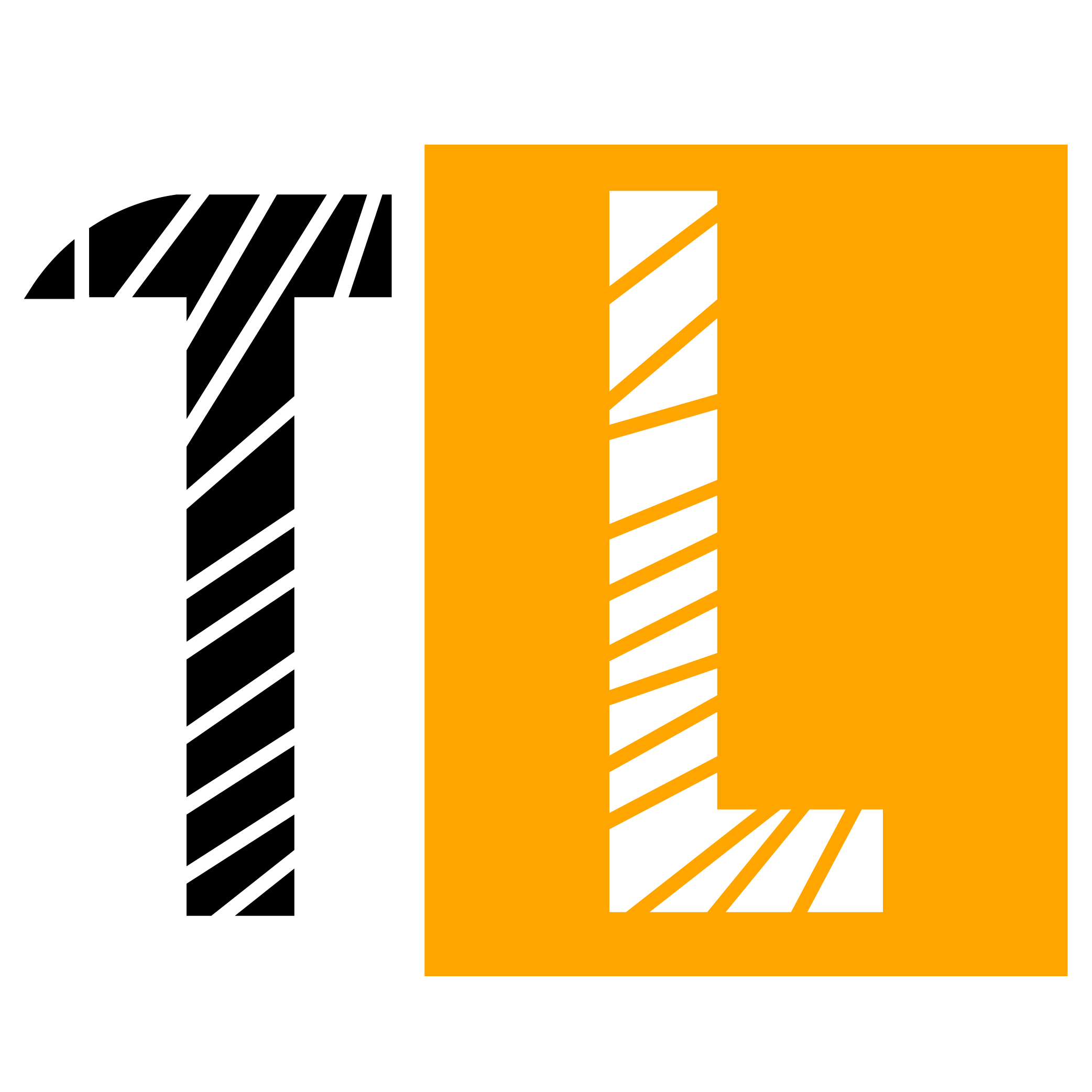A board-on-board fence is a wooden privacy fence crafted with overlapping pickets. Its design aims to prevent the formation of gaps as the boards dry, which can occur shortly after installation. In contrast, non-board-on-board fences often exhibit gaps between the pickets due to shrinkage. The board-on-board style effectively addresses this issue through the strategic overlapping of pickets.
How can we achieve picket overlap in a fence installation? First, install one row of pickets spaced approximately 4 inches apart to achieve picket overlap in a fence installation. Then, return for a second layer of pickets to cover the gaps, ensuring they overlap both sides of the first row by approximately 3/4 inch on each side. This overlapping coverage provides that even as the boards dry, there won’t be any gaps in the fence.
Advantages:
- Indeed, true privacy is one of the standout benefits of a fence with overlapping pickets. When properly designed and installed, such a fence can provide virtually 100% privacy. This privacy not only creates a sense of security but also contributes to the idea that “Fences make great neighbours,” emphasising the role of fences in maintaining peaceful and private living spaces.
- Indeed, the visual appeal of a fence with overlapping pickets is a noteworthy advantage. The additional layering of the pickets introduces depth and complexity to what might otherwise be a plain or uninspiring fence. Fences serve as the backdrop to your yard, and a well-designed and attractive fence can significantly enhance the overall beauty of your landscaping and outdoor decor.
- Certainly, overlapping fence pickets can also be beneficial in reducing pet stress. Some dogs may become agitated when they see neighbours or other pets through the gaps in a fence. Feedback from our customers suggests that this issue has been mitigated for their pets by utilising overlapping pickets. As a result, their pets tend to bark less, creating a quieter and more harmonious neighbourhood environment, ultimately leading to happier neighbours.
Disadvantage:
- Cost consideration is essential when opting for a board-on-board fence with overlapping pickets. Due to the need for extra boards and the additional time required for installation, it comes at a slightly higher cost than standard fence designs. However, many individuals are pleasantly surprised to find that the expense for this added layer of privacy is quite reasonable, considering the substantial benefits it provides in terms of enhanced privacy and aesthetics.
What is lapboard fencing?
Lapboard fencing, also known as lap or feather-edge fencing, features vertically arranged wooden boards that partially overlap, creating a sturdy, visually appealing, and private fence design. This overlapping adds to its aesthetic appeal and enhances its structural strength, making it a popular choice for homeowners and businesses seeking privacy and durability in their fencing solutions.
What is a fence board called?
A fence board, often called a “picket,” is a slim, typically wooden or vinyl plank used in construction. These vertical pickets are spaced and arranged to create various fence styles, serving privacy security functions and adding aesthetic charm to properties.
What is a board and batten fence?
A board and batten fence is a distinctive fencing style that combines wide vertical panels with narrow vertical strips, known as battens, which fill the gaps between the boards. This design produces a sturdy fence with a rustic appearance that adds character and distinctive aesthetic touch to your home.
What serves as a fence’s purpose?
A fence has various purposes, including delineating property boundaries, enhancing security, ensuring privacy, improving safety, controlling access, and adding aesthetic appeal to a property.
Why is it called a batten?
The term “batten” is used because it describes the narrow, vertical strips, typically made of wood or similar materials, covering gaps or joints in structures like fences and walls. These battens have both functional and aesthetic significance in construction.
